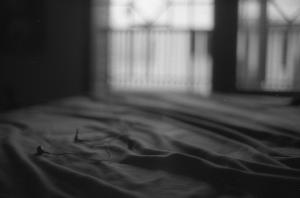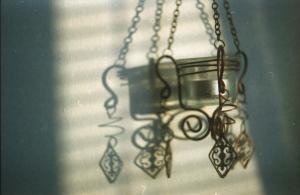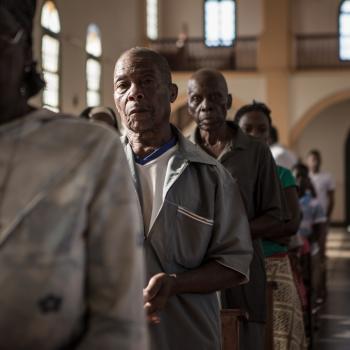By Stuart Scadron-Wattles
At one time during our church life in Kitchener, Ontario, my wife Linda and I were asked to be sponsors of the junior high group in our church. As part of that responsibility, Linda co-led a trip to into Toronto, an hour away, to spend some time with young kids who were living on the street and the people who helped them cope.
The guide for part of that experience had been living on the street herself a few scant years before, and Linda asked her for advice on how to handle the myriad young panhandlers that she encountered whenever she visited Toronto.
“I carry a set amount of weekly pocket cash to give away,” the worker replied. “I don’t reason it out, I just give when I’m prompted to. And when I’m out, I know I’ve given what I can.”
But it was her next statement that got to me:
The most important thing you can do, though, is look us in the eye. Look at us: we’re human beings. The most dehumanizing force on the streets isn’t the lack of resources or the cold, it’s being ignored repeatedly, on a daily basis. I’d rather you gave me nothing and looked me in the eye, maybe said hello, than put money in my hat without seeing me.
Looking into the face of a poor person is uncomfortable. That’s why so few of us do it.
In answer to the question, “Who is my neighbor,” Jesus begins by making us uncomfortable, dragging us feet first into the equivalent of the Palestinian Question.
It’s a well-known story: The victim of a mugging lies wounded on the road from Jerusalem to Jericho. He is passed first by a priest, then a Levite.
Are they headed to Jerusalem to worship or heading home for Sunday supper? We don’t know. Either way, there is very little worship or worship preparation on whichever side of the road that they are on.
A Samaritan happens along (the third time always carries the punch line). Given his origins, there is no worship for him at the Jerusalem end of that road, so religiously speaking, he is neither coming nor going. He is simply present to the road.
Is that what enables him to stop and actually see the poor man lying on the road?
At this point, I am tempted to say something about the value of the priest’s and the Levite’s worship experience. But that is a well-worn path, and it only leads us down the same moralistic direction that Judas took at Lazarus’ dinner table, and to the same end: My comfort in being correct.
Let me instead try to be present to this moment, present to what my Samaritan brother saw and to what rose up in him, and ask:
What is my commitment to beauty if it does not enable me to be present to the uncomfortable truth around me? What is my commitment to its worth if it keeps me from looking into the eyes of a poor man…and seeing myself?
As my colleague Greg Wolfe has pointed out in a recent Image editorial, great literary art leads us toward compassion, enabling both “your reader and yourself to become de-centered…. In that way, the center moves to the margin and the margin to the center.”
This encouragement of the compassionate response is a widely recognized effect of the artistic experience.
In our desire to justify the fundamentally foolish act of art-making, however, some of us grasp at this compassionate effect in order to hail it as art’s proper function, possibly its essential one. While this might socialize art’s wildness and change its appearance of uselessness, the danger is that of confusing one effect of art with its proper goal.
Religious people are particularly susceptible to this error.
“Look,” they say, “our sister beauty is useful. True, she may not be setting the table for our guests, but she sits at the feet of Jesus, an object lesson to us all. And she looks good doing it—Jesus said so himself. I think a painting of that on my wall would be a good thing for me and my family to have.”
Yield to this temptation in your art-making, however, and you will find yourself slipping from the feet of the beloved, down the steep slope to the place where beauty does useful’s bidding and art is conflated with craft.
It’s a nice place where good things happen: You can auction your work for charity, put on a benefit concert for land-mine victims, and re-write the ending of your novel so Emma Bovary has the chance to repent of her adultery, leave her lout of a husband, marry a good, loving Christian man with an excellent physique, and live the happy bourgeois life that God willed for her to have all along.
At the bottom of that hill, Mary’s sister’s last name is Stewart and the table-settings are themselves an act of worship. It’s a nice place to visit.
And a long climb back up a slippery slope to those feet.
Stuart Scadron-Wattles has written his way through music, professional theatre, and intentional Christian community. He currently lives with his wife Linda and extended family in Seattle, WA, where he serves as director of resource development for Image.












